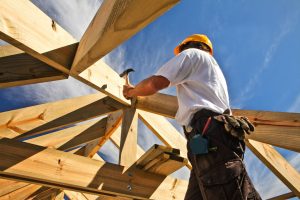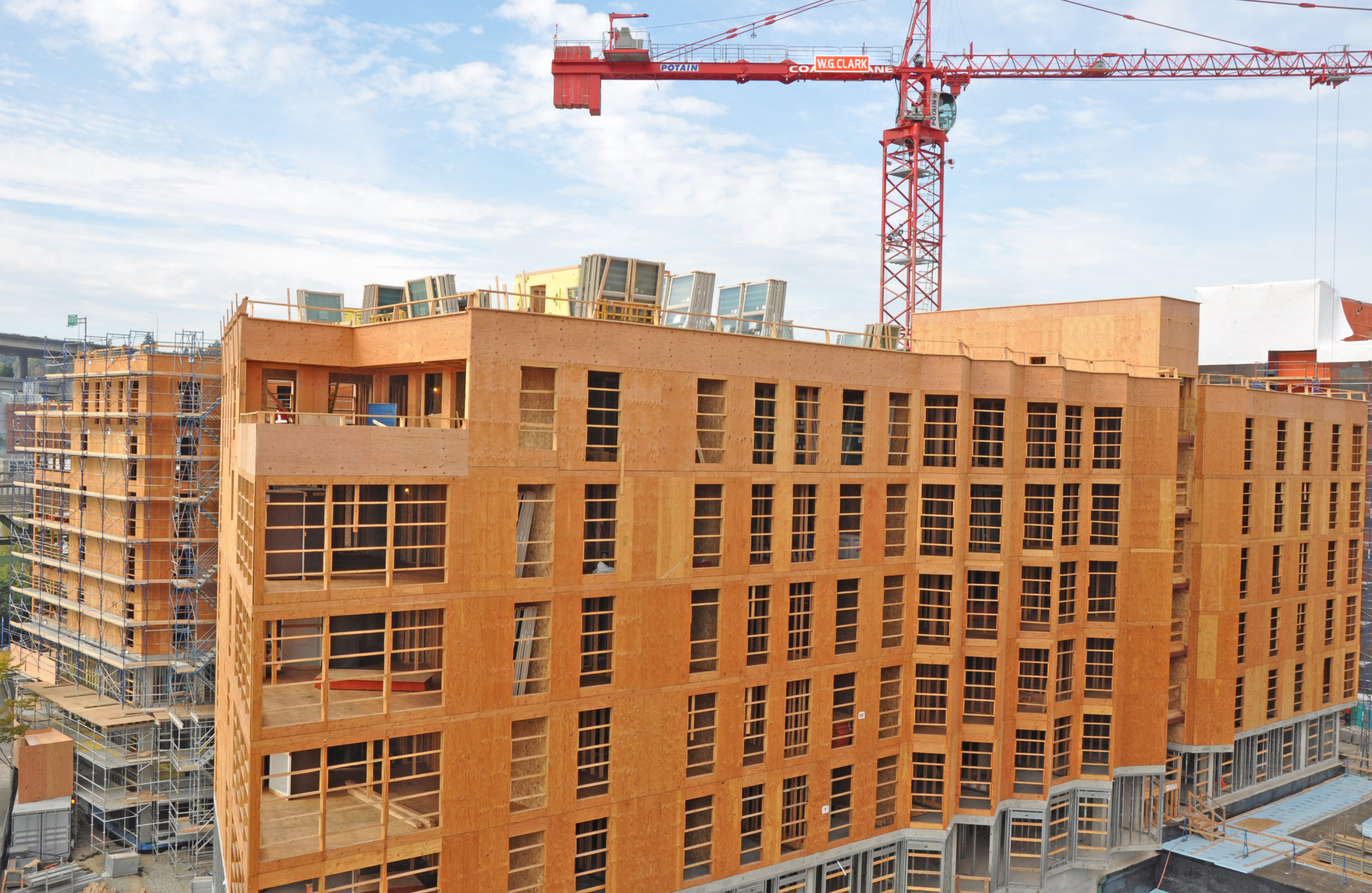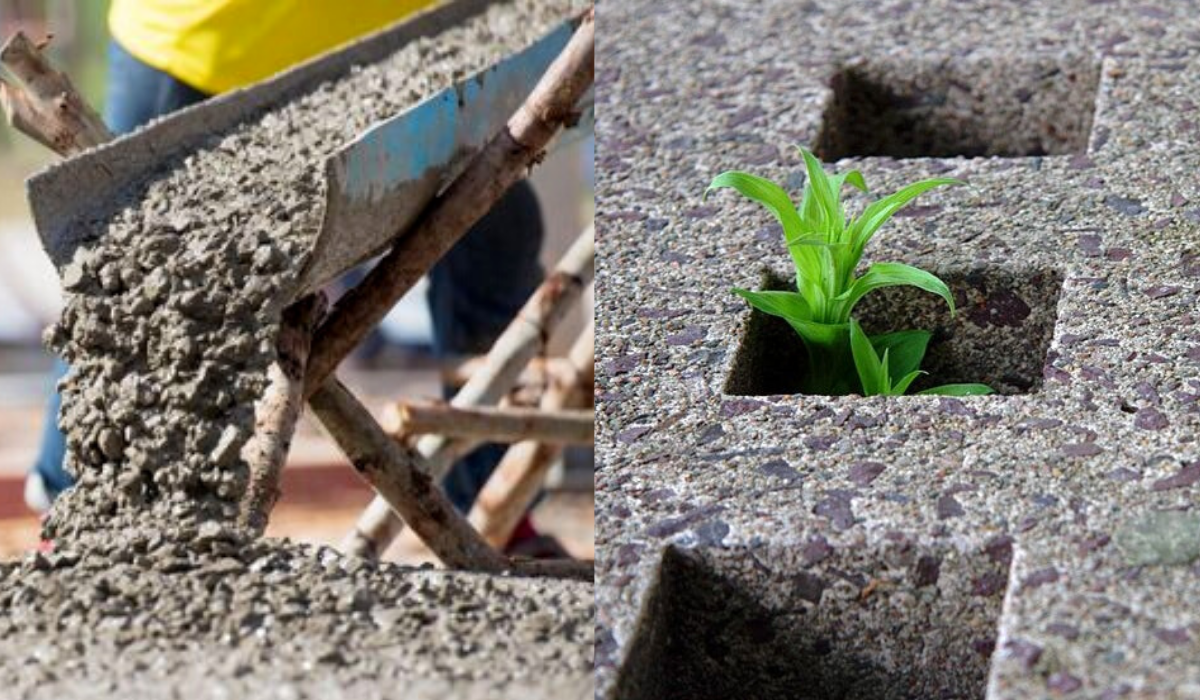Wood has been used as a building material for thousands of years and this made it a historical choice of construction industry. At the past few decades, there has been an alternate engineered products or metals although wood is one of the most widely used building materials.
The nature of wood is inherently complex but human being has successfully harnessed the unique characteristics of wood to build a seemingly unlimited variety of products. Wood is commonly used to build houses, shelters and also in the furniture as home decor.
A vast group of wood advantages of using as a building material. It is a natural resource which is making readily available and feasible from economic side. It is strong in relation to weight and provides good insulation from the weather changes such as cold. Wood can be fabricated into all kinds of shapes and sizes to fit practically any construction need. On the other hand, it is an environmentally sustainable product which takes apart in LEED standards. For example, it’s a renewable raw material and carries the lowest carbon footprint of any comparable building material.Also,non-high-energyfossil fuels are required to manufacture wood, unlike other common building materials such as brick, steel or plastic etc.
Why should use wood as a building material?
Being a relatively lightweight building material, wood outperforms even some metal products when it comes to breaking length. Simply it can support own weight better, which allows for larger spaces with fewer supports as necessary in some building designs.

Wood has a natural resistance to electrical conduction when dried to standard moisture content (MC) levels, usually between 7-12% for most species. Its strength and dimensions are also not significantly affected by heat, providing stability to the finished building and even safety implications for certain fire situations with regulated protections.
Wood’s acoustic properties make it ideal for minimizing echo in living or office spaces with correct design. Wood absorbs sound, rather than reflecting or amplifying it, and can help significantly reduce noise levels for additional comfort with a perforated pattern panels (in behind with acoustic fleece).
The wide variety of species available, wood presents an incredible range of aesthetic options, as well as provides varied mechanical, acoustic, thermal properties along with others that can be selected based on the need of the building project.
As a result, while the desire to not rely on the World’s forests for building demands is well-intentioned, the advantages of wood as a building material still outweigh other products on the market when looking at the environmental impact and performance. As soon as we keep our environmental promise with the FSC forest protection certifications, wood will keep its major role in construction business.





